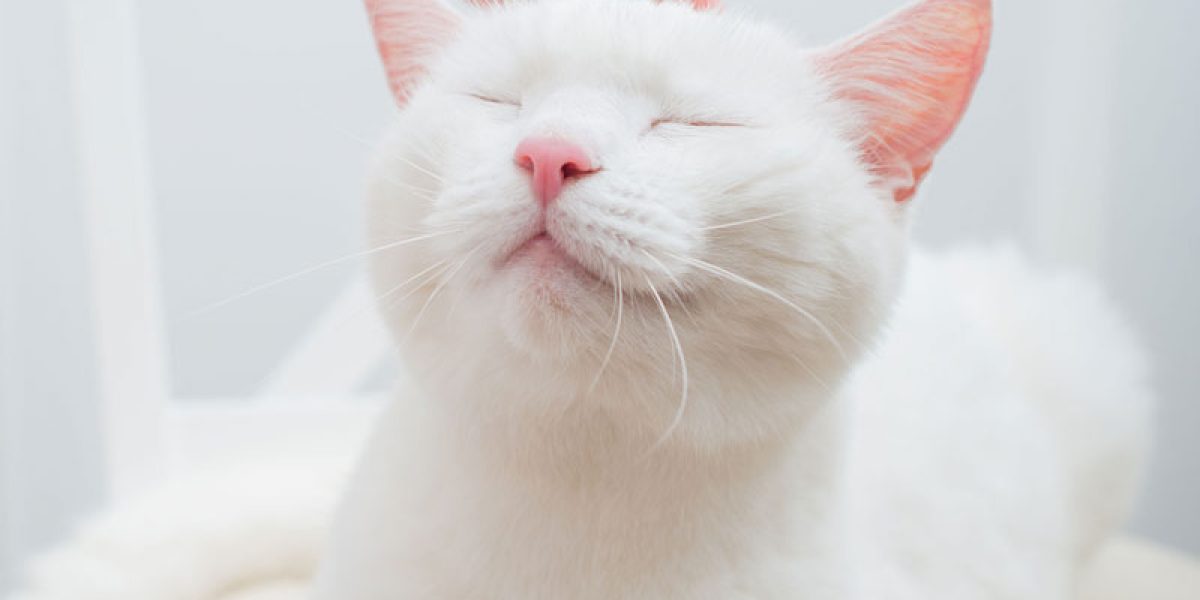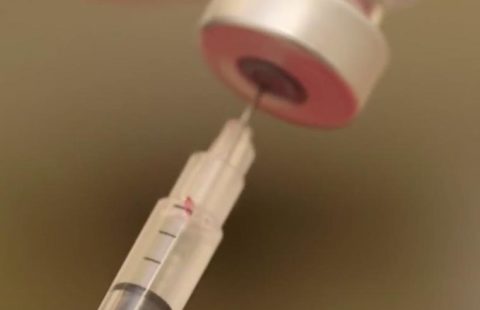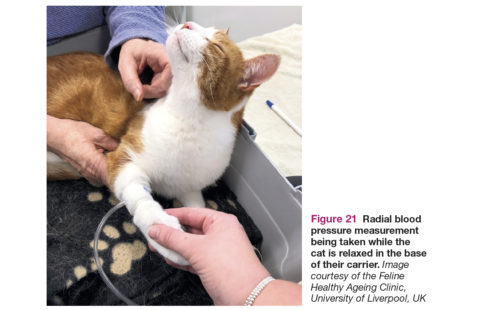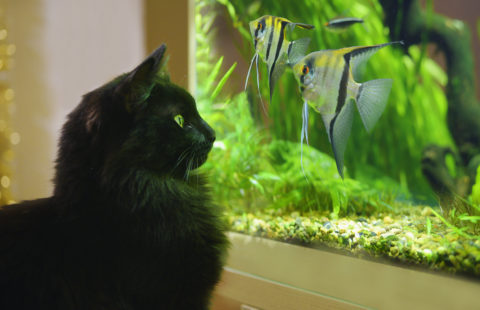Evidence that owners are important social partners for pet cats
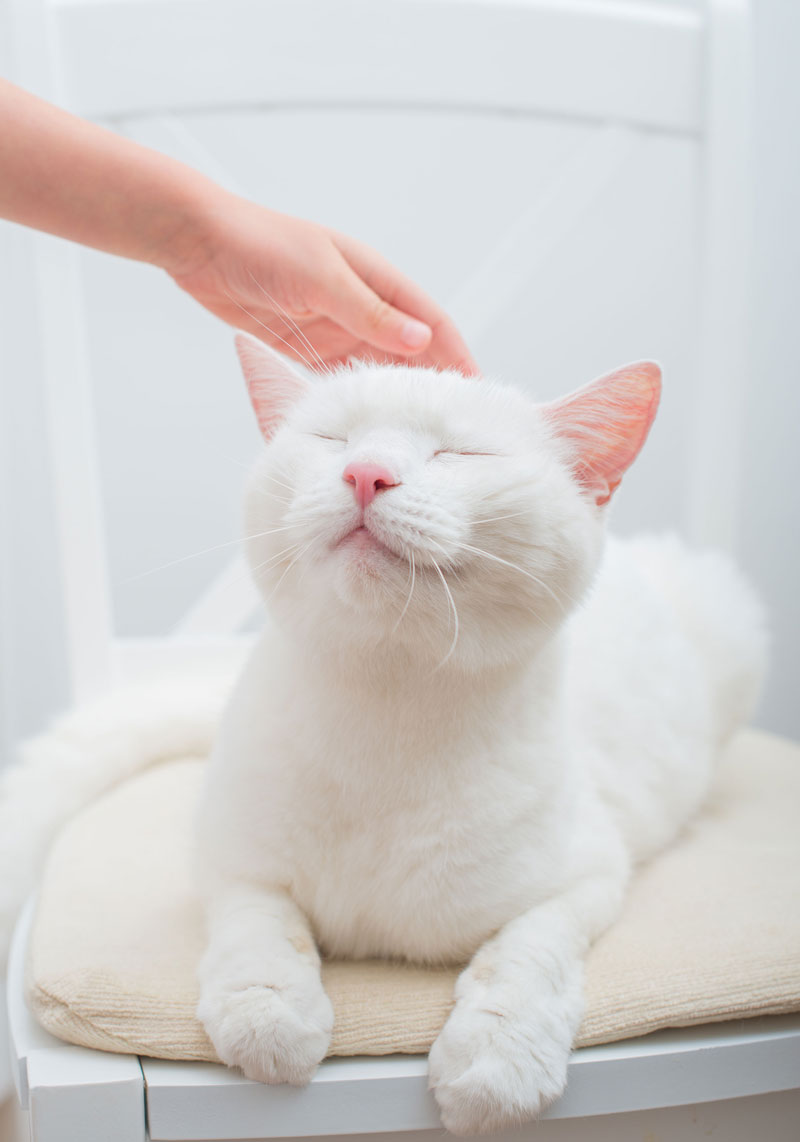 Recent research supports what many owners won’t need scientific studies to confirm: that our presence matters to our pet cats, not just as tin- opening machines at feeding time, but as valued social companions.
Recent research supports what many owners won’t need scientific studies to confirm: that our presence matters to our pet cats, not just as tin- opening machines at feeding time, but as valued social companions.
Cats are popular pets all over the world. One of the reasons reported for their popularity is the expectation that cats can cope with being left alone for long periods of the day. However, there has been little scientific investigation into the cat’s ability to cope with being left alone.
Therefore, to investigate this, researchers at the Swedish University of Agricultural Sciences looked at the effect of time left alone on cat behaviour before, during and after separation.
What did they do?
The researchers looked at 11 owned cats with a mostly indoor lifestyle (those that were not entirely indoors had supervised outdoor access) and that had continuous access to dry food (so were not fed when their owner returned from work).
Cats were observed when their owners left the house for half an hour, and when their owner left for four hours.
What did they find?
The researchers found that:
● Cats spent a greater proportion of their time resting when their owners were away for four hours compared to 30 minutes.
● Cats purred more when their owners returned after four hours compared to 30 minutes
● Cats stretched more when their owners returned after four hours compared to 30 minutes
What does this tell us?
The cats’ behaviour during the time the owners were out of the house did not differ apart from resting more when owners were away for four hours. This suggests that the cats were not affected by being left for four hours compared to 30 minutes.
However, the cats did behave differently when the owners returned, depending on how long they had been left for. Cats were found to purr more after being left alone longer.
Purring is thought to be a way of cats asking for contact and care, as this is the way that kittens initiate contact and care from their mother. Therefore, increased purring after four hours of separation may indicate that cats are more eager for attention from their owners after a longer period of being apart from them. In addition, purring is a sign of contentment; therefore, increased purring could be an increased sign of contentment or pleasure at being reunited with owners after a longer separation.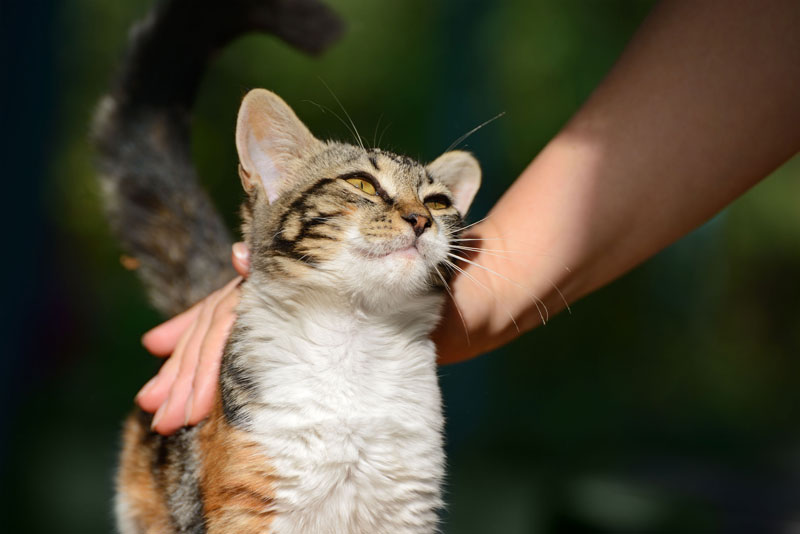
Cats also stretched more after being left alone longer. Stretching is not thought to be related to greeting behaviour in cats, but rather stimulates blood circulation after resting – therefore it is likely that cats stretched more after being left alone longer because they were resting more.
In order to help determine the reason behind the increased purring, it would have been valuable for the researchers to record the type of purr they heard. Two different types of purr have been distinguished in cats: the ‘non-solicitation’ purr produced by cats that are relaxed and contented, and the ‘solicitation’ purr produced by cats actively seeking food or attention. These purrs sound different in terms of frequency, and the latter is perceived as more ‘urgent’ by owners. You can listen to these purrs by going to goo.gl/fbb3VW.
Because these cats’ daily routines did not include being fed when their owners returned from being away, they are unlikely to have learnt that their owner walking through the door meant that they are going to get food. Therefore, it seems that their increased purring after a longer separation was related to the social aspect of their owners coming back, rather than food. This suggests that owners are regarded as an important part of the cat’s social environment, rather than simply a food-provider.
The social role of humans in the lives of cats deserves more scientific attention. There is a general consensus that the domestic cat is not as solitary as its wild ancestors, as cats have the ability to form bonds both with other cats and with humans. However, it is important to remember that there is large individual variation in how sociable cats are towards humans (and other cats), due to both genetic influences and the level of human handling during their sensitive period. Therefore, how important an owner is as a social companion to a cat will depend on these factors.
International Cat Care is working hard to ensure that the needs of all cats are met, bearing in mind their sociality towards humans and recognising that some cats enjoy human interactions while others are happy to live without close contact with people.



